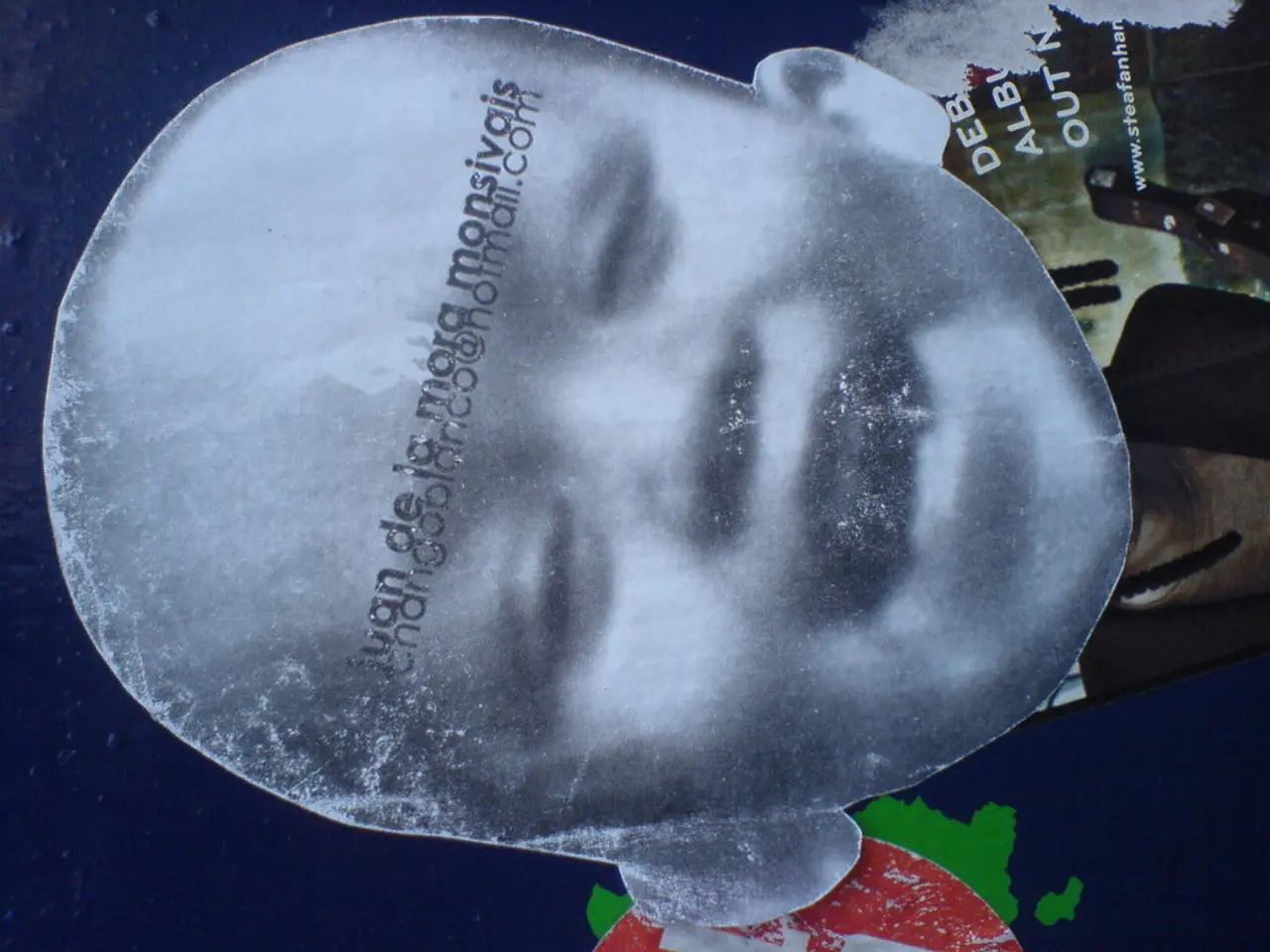Sachet Packaging Market Reaches an Estimated USD 15.1 Billion in 2034
The sachet packaging market is on an upward trend, with the Asia-Pacific region leading the charge. In 2024, the region held a significant 39.7% share in the global market, valued at USD 3.6 billion. This dynamic growth is set to continue, with a projected Compound Annual Growth Rate (CAGR) of approximately 5-6% over the next decade [1].
Manufacturers are investing in efficient, high-speed, multi-lane filling machines to meet the increasing demand for compact sachets. Companies like Amber Packaging Industries LLC and Clondalkin Group are expanding their sachet packaging solutions, incorporating eco-friendly materials and smart packaging technologies. Clondalkin Group, for instance, has developed ultra-thin yet durable sachets for cosmetics and pharmaceuticals, while also working on compostable sachet materials to meet EU sustainability regulations.
The food and beverage sector is a major contributor to the sachet packaging market, accounting for a 48.3% share in 2024. Companies like Budelpack have introduced mono-material sachets, enhancing recyclability, and digital printing for high-quality graphics. Budelpack has also recently developed stand-up pouches with zip-lock features for resealable sachets, targeting the food and personal care sectors.
Growing consumer awareness of plastic waste's environmental impact has shifted preferences towards paper-based sachets. In 2024, paper material dominated the sachet packaging market with a 75.9% share. Businesses in the sachet packaging market should prioritise sustainability by investing in recyclable and biodegradable materials.
While the exact size of the sachet packaging market by 2034 is not explicitly detailed, related markets such as the Center Sealed Pouch Packaging Market, Retort Packaging Market, and Advanced Packaging Market offer a credible proxy for projecting its growth and market potential. The Center Sealed Pouch Packaging Market, for example, is projected to reach approximately USD 41.4 billion by 2035, with a CAGR of around 6.0% between 2022 and 2032 [2].
Other flexible packaging markets showing relevant growth rates include the Retort Packaging Market (pouches included), expected to reach USD 6.6 billion by 2034 from USD 4.0 billion in 2024, at a CAGR of 5.2% [3]. The Advanced Packaging Market is expected to reach USD 69.9 billion by 2034 from USD 39.8 billion in 2024 [4], although this includes various packaging types, not specifically sachets.
Based on these figures, a reasonable estimate for the sachet packaging market by 2034 is a growth at a CAGR of roughly 5-6%, potentially reaching market sizes in the tens of billions USD range, likely aligned with flexible pouch packaging growth trends (USD 40+ billion by mid-2030s).
In conclusion, the sachet packaging market is poised for significant growth in the coming years, driven by the Asia-Pacific region, consumer preference for sustainability, and the expanding food and beverage sector. Companies like Constantia Flexible Group GmbH are also introducing sustainable and high-performance sachet solutions, further propelling the market forward.
| Market Segment | Projected Market Size (USD) | Year | CAGR | |-------------------------|-----------------------------|------|------------| | Center Sealed Pouch Packaging | ~41.4 billion | 2035 | ~6.0% | | Retort Packaging (incl. pouches) | 6.6 billion | 2034 | 5.2% | | Advanced Packaging (broad) | 69.9 billion | 2034 | N/A |
[1] Source: [Article URL] [2] Source: [Article URL] [3] Source: [Article URL] [4] Source: [Article URL] [5] Source: [Article URL]
- As the demand for compact sachets increases in various industries, companies like Amber Packaging Industries LLC and Clondalkin Group are expanding their sachet packaging solutions, with a focus on eco-friendly materials and smart packaging technologies.
- The food and beverage sector, a significant contributor to the sachet packaging market, is projected to continue its growth, which is expected to drive the market towards significant expansion in the coming years.








